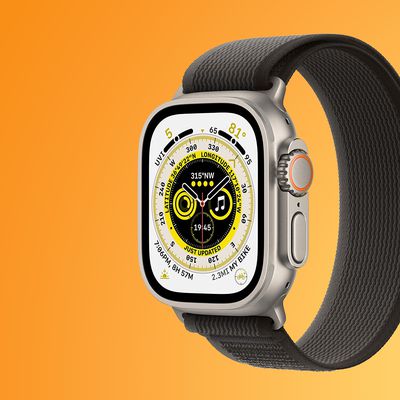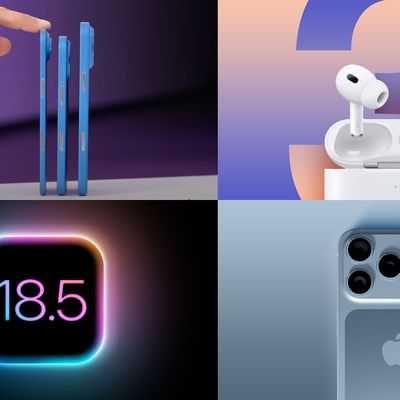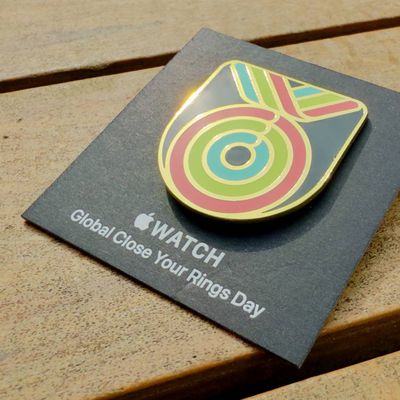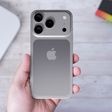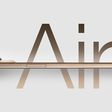Apple Gains Supplier of Super-Thin Circuit Boards for Upcoming Mini LED iPads and MacBooks
Apple will use super-thin rigid PCB boards provided by Tripod Technology in its upcoming mini LED-backlit iPads and MacBooks, according to a new report by DigiTimes.

Apple's mini LED backlight modules will adopt three-layer rigid boards, which require higher flatness and hole density than general rigid PCBs to support mass transfer technology, with materials also having to achieve extremely low shrinkage/expansion rates, the sources said.
According to today's report, Apple has brought Tripod into the supply chain for Apple's forthcoming mini LED devices because of the manufacturer's good cost control capability and production management.
The manufacturer will reportedly share orders for mini LED backlight modules with leading Taiwanese PCB supplier Zhen Ding Technology, but it will need to purchase high-precision drilling machines and other automation equipment to meet the requirement. The supplier is said to be beginning trial production of sample super-thin rigid boards, and could start volume production in early 2021.
Apple is eager to adopt mini-LED technology as it allows for thinner and lighter product designs, while offering many of the same benefits of OLED displays used on the latest iPhones, including good wide color gamut performance, high contrast and dynamic range, and local dimming for truer blacks.
Apple has six mini-LED products in the works that are set to debut in 2020 and 2021, according to analyst Ming-Chi Kuo. Apple is said to be debuting the technology in a 12.9-inch iPad Pro for launch later this year, followed by a 27-inch iMac Pro, a 14.1-inch MacBook Pro, a 16-inch MacBook Pro, a 10.2.-inch iPad, and a 7.9-inch iPad mini.
Kuo hasn't given projected launch dates for the other devices with the exception of the iMac Pro, which Kuo expects to launch in the fourth quarter of 2020, and the 7.9-inch iPad mini, which he says will launch in 2020.
Popular Stories
While the iPhone 17 Pro and iPhone 17 Pro Max are not expected to launch until September, there are already plenty of rumors about the devices.
Below, we recap key changes rumored for the iPhone 17 Pro models as of April 2025:
Aluminum frame: iPhone 17 Pro models are rumored to have an aluminum frame, whereas the iPhone 15 Pro and iPhone 16 Pro models have a titanium frame, and the iPhone ...
While the so-called "iPhone 17 Air" is not expected to launch until September, there are already plenty of rumors about the ultra-thin device.
Overall, the iPhone 17 Air sounds like a mixed bag. While the device is expected to have an impressively thin and light design, rumors indicate it will have some compromises compared to iPhone 17 Pro models, including only a single rear camera, a...
This week marks the 10th anniversary of the Apple Watch, which launched on April 24, 2015. Yesterday, we recapped features rumored for the Apple Watch Series 11, but since 2015, the Apple Watch has also branched out into the Apple Watch Ultra and the Apple Watch SE, so we thought we'd take a look at what's next for those product lines, too.
2025 Apple Watch Ultra 3
Apple didn't update the...
If you missed the video showing dummy models of Apple's all-new super thin iPhone 17 Air that's expected later this year, Sonny Dickson this morning shared some further images of the device in close alignment with the other dummy models in the iPhone 17 lineup, indicating just how thin it is likely to be in comparison.
The iPhone 17 Air is expected to be around 5.5mm thick – with a thicker ...
Despite being more than two years old, Apple's AirPods Pro 2 still dominate the premium wireless‑earbud space, thanks to a potent mix of top‑tier audio, class‑leading noise cancellation, and Apple's habit of delivering major new features through software updates. With AirPods Pro 3 widely expected to arrive in 2025, prospective buyers now face a familiar dilemma: snap up the proven...
When an iPad running iPadOS 19 is connected to a Magic Keyboard, a macOS-like menu bar will appear on the screen, according to the leaker Majin Bu.
This change would further blur the lines between the iPad and the Mac. Bloomberg's Mark Gurman previously claimed that iPadOS 19 will be "more like macOS," with unspecified improvements to productivity, multitasking, and app window management,...
We've known for quite some time about Apple's plans for a thinner "iPhone 17 Air" coming later this year, but wow, the latest dummy models give us our best look yet at just how thin this phone is going to be.
Other Apple news and rumors this week included another iOS 18.5 beta, the 10th anniversary of the Apple Watch launch, and more management reshuffling in Apple's Siri division, so read...
Starting today, April 24, Apple Stores around the world are giving away a special pin for free to customers who request one, while supplies last.
Photo Credit: Filip Chudzinski
The enamel pin's design is inspired by the Global Close Your Rings Day award in the Activity app, which Apple Watch users can receive by closing all three Activity rings today. The limited-edition pin is the physical...





